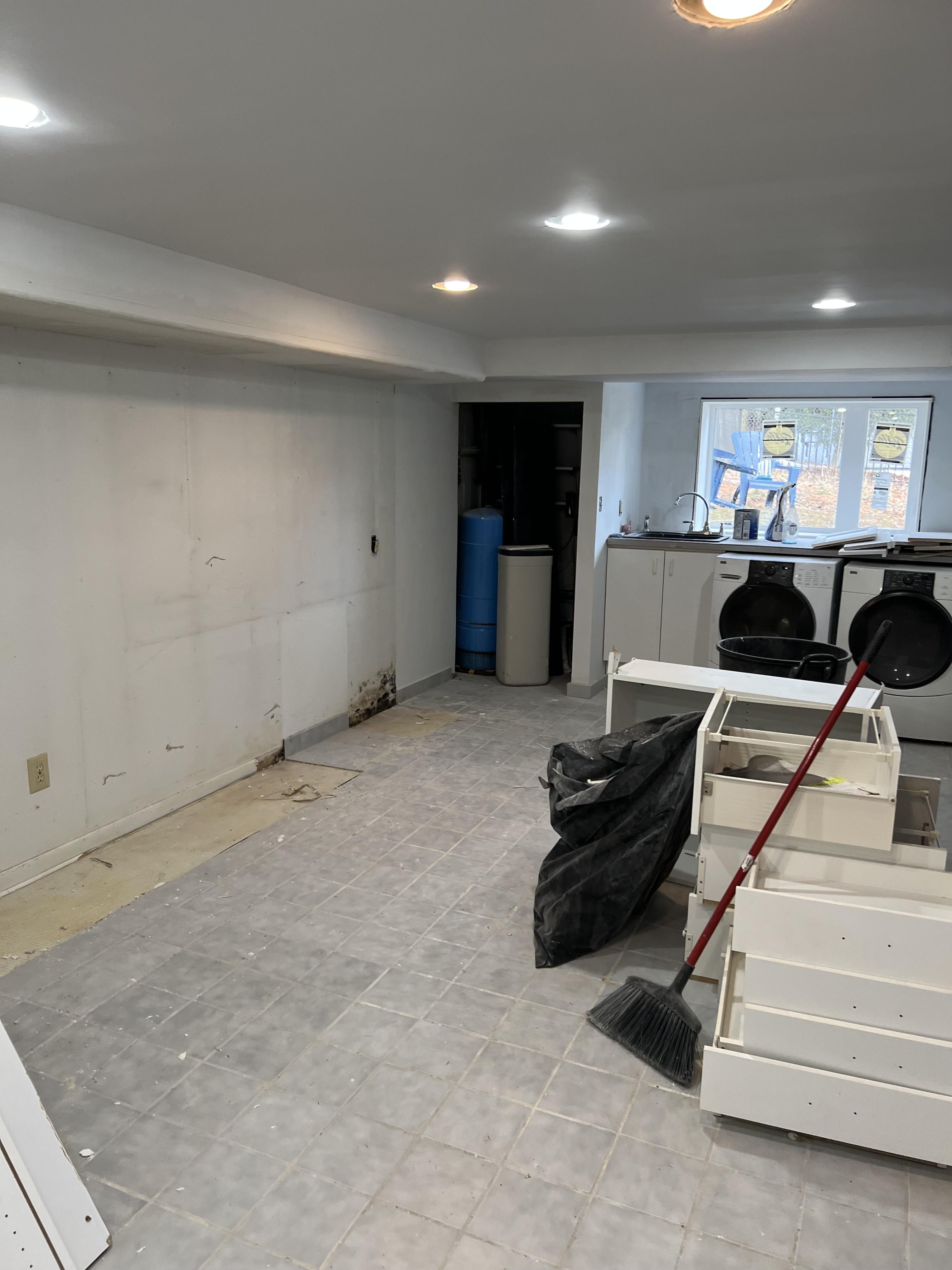Battling Mold: Essential Insights for Glen Arbor Homeowners
Posted on September 16, 2025

Mold is more than just an unsightly nuisance. For homeowners in Glen Arbor, Michigan, it can be a serious concern that affects both the structural integrity of your home and the health of its occupants. Mold growth is often triggered by moisture, which can stem from leaks, floods, or just the damp climate that our beloved Great Lakes region is known for. Understanding the factors contributing to mold growth and knowing how to address them is crucial for residents in and around Glen Arbor.
The Threat Mold Poses to Your Home and Health
In homes across Glen Arbor, mold can silently and swiftly spread, causing damage that may require costly repairs if left untreated. It takes as little as 24-48 hours for mold to begin to grow after water exposure, making quick action critical. The presence of mold in your home is not only a threat to your building materials but can also pose significant health risks. Allergic reactions, respiratory problems, and other serious health issues are just some of the potential consequences of prolonged exposure.
Our teams are always ready to help residents of the greater Glen Arbor area tackle these issues with thorough and effective restoration solutions. With our professional services in Glen Arbor, you can ensure that your home becomes a mold-free environment once more.
Prevention is key. Regularly inspecting areas prone to dampness, like basements, bathrooms, and laundry areas, can be a proactive step in avoiding mold problems. At the same time, keeping your home well-ventilated and addressing any leaks immediately can drastically reduce the risk of mold developing.
Should you find yourself facing a mold issue, don’t hesitate to reach out. Our local expertise and proven restoration techniques are tailored to the specific needs of homes in Glen Arbor, guaranteeing a personalized service every step of the way. Protect your home and health by trusting your mold concerns to experts who know the area and the challenges it presents.
